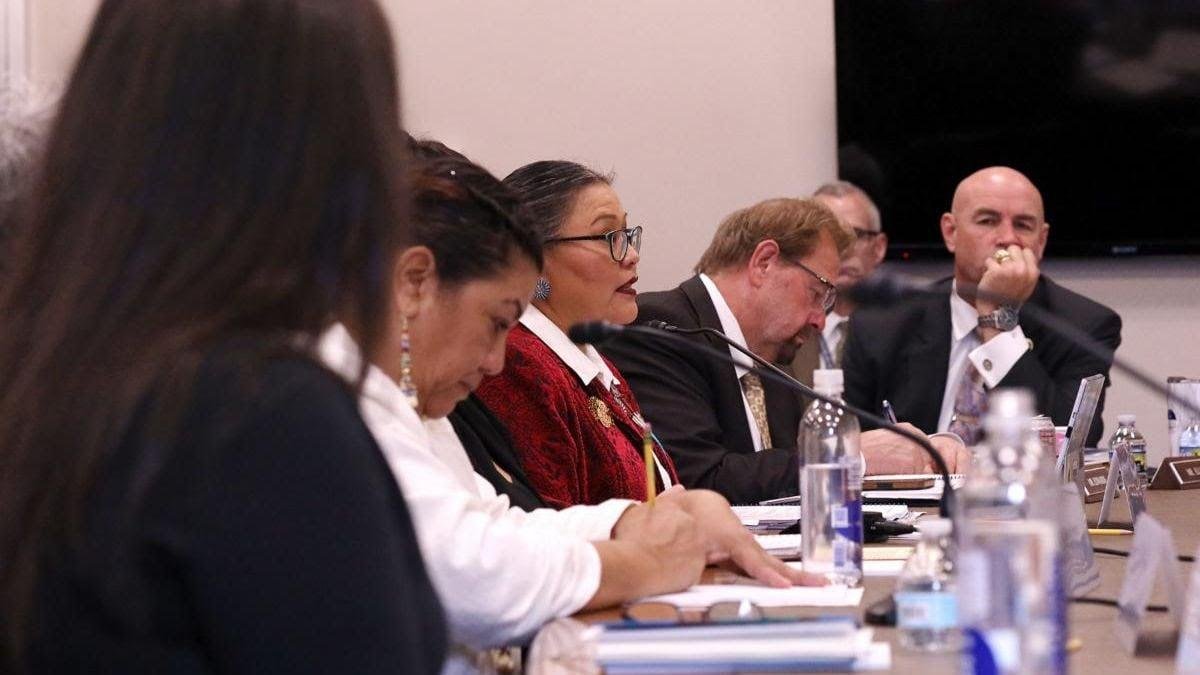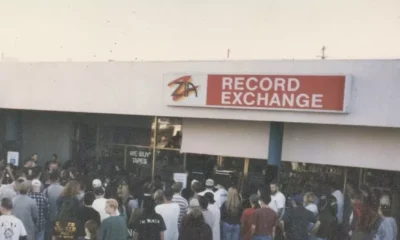arizona
Indigenous Women Still Face Alarming Rates of Murder and Disappearance Despite Years of Funding Efforts

Despite various grants and programs, the crisis of missing and murdered Indigenous women remains troublingly pervasive. Many experts believe the actual scope of this issue is significantly underestimated.
As of mid-2020, the National Missing and Unidentified Persons System recorded twelve missing Indigenous women from Arizona, averaging a staggering 21 years missing. Notably, the Navajo Nation, based in Arizona, reports 22 missing women, with some cases extending as far back as the 1970s.
Advocates emphasize that chronic underreporting and challenges in resolving cases stem from jurisdictional confusion and inadequate collaboration between law enforcement agencies. “Sadly because a person is Navajo, it is sometimes assumed that Navajo will handle the case – in essence, the buck gets passed,” stated Eugenia Charles-Newton, chair of the law and order committee for the Navajo Nation Council.
Statistics reveal that Indigenous women are five times more likely to face violence from their partners compared to white women, according to the National Congress of American Indians. In response, two notable tribal women’s coalitions operate in Arizona to support survivors of domestic and sexual violence—the Hopi-Tewa Women’s Coalition to End Abuse and the Southwest Indigenous Women’s Coalition.
Memory Longchase, the domestic violence response director of the Southwest Indigenous Women’s Coalition, voiced her frustration: “If we could have ended this violence against ourselves, we would have done it a long time ago.”
The issue of jurisdiction complicates law enforcement actions in cities with Indigenous populations as well as on or near reservations. A 2018 report from the Urban Indian Health Institute identified 153 cases of missing or murdered Indigenous women not logged in any law enforcement records across 71 cities in 29 states, including major cities in Arizona.
Abigail Echo-Hawk, director of the Urban Indian Health Institute and a member of the Pawnee Nation, noted the misconceptions surrounding jurisdiction. Local police often transfer case responsibilities back to tribal authorities, even when the alleged crime occurs off tribal land, contributing to a “nationwide data crisis” that obscures the reality of violence against Indigenous women and slows investigations.
This misunderstanding has bred a climate of hesitance surrounding reporting, creating the narrative that little can be done. Tucson ranked fourth in the report’s alarming findings, with Arizona noted as having the third highest number of missing or murdered Indigenous women.
According to a study by Arizona State University, of the twelve women listed in the National Missing and Unidentified Persons System, ten lived in rural regions, their ages spanning from 20 to 54. The U.S. Department of Justice initiated the Missing or Murdered Indigenous Persons (MMIP) Regional Outreach Program in mid-2023 to address jurisdictional problems; five regional programs, each with its own assistant U.S. attorney, aim to enhance communication between tribes and state governments.
By 2023, the FBI reported 10,650 missing persons cases involving American Indians and Alaskan Natives. However, a staggering 1,631 cases remained open, with approximately 40% involving women. Many indigenous women have learned through experience that reporting often yields little consequence for abusers, leading to reluctance to seek help. “If you know five people that have been raped and reported it and nothing happened, how likely are you to report?” Longchase questioned.
Jurisdictional complexities in Indian Country result from a convoluted policing structure that involves tribal, county, state, and federal entities, often leaving victims unclear on where to seek assistance. “No one has been willing to take up the cause that all law enforcement, regardless of jurisdiction, bear responsibility for the safety of everyone in the community, including the first peoples of this land,” Echo-Hawk remarked.
Charles-Newton shared her own story of victimization, highlighting the very real challenges victims face. “The man – who I knew – I said his name – they never prosecuted him,” she lamented. Alarmingly, over 80% of both Native women and men report experiencing violence in their lifetimes, with more than half of Native women encountering sexual violence—an alarming rate compared to the national average.
On November 20, a House Appropriations subcommittee held a hearing on the Crisis of Missing or Murdered Indigenous Women. During the session, advocates shared personal narratives, emphasizing the urgent need for action. “This is obviously a vitally important issue to all of us,” remarked committee chairman Rep. Mike Simpson, R-Idaho, acknowledging the complexity beyond funding.
Despite recent legislation like the Not Invisible Act and Savanna’s Act aimed at improving communication and data collection, frustrations persist. Charles-Newton testified, “The jurisdictional issues have really just become an excuse, an excuse to not do the job.” Rep. Tom Cole, R-Oklahoma, underscored the unique challenges faced by Indigenous communities, noting significant resource and jurisdictional gaps that require immediate attention.


















